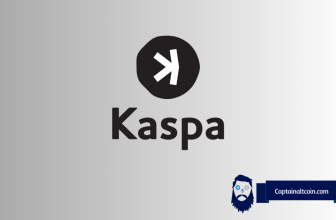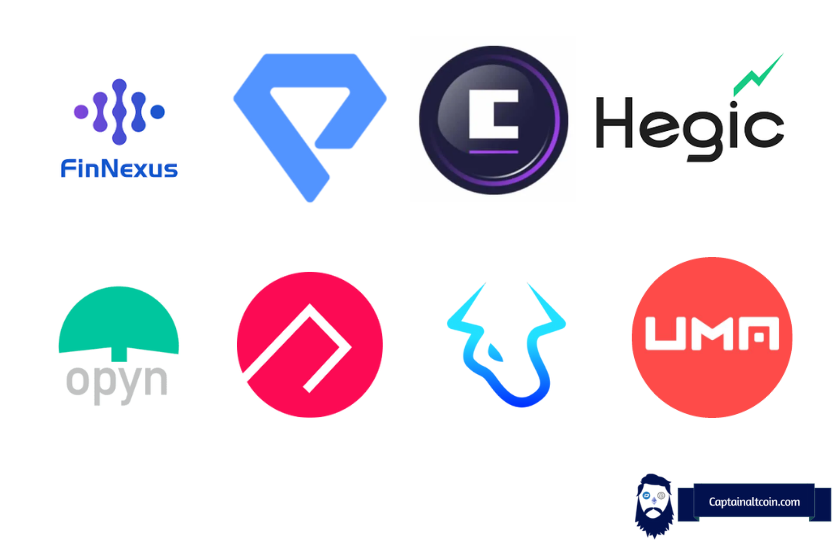
Decentralized Exchanges (DEXs) have emerged as a pivotal player, offering a new dimension to trading options. The concept of DEX options trading is gaining traction, providing a decentralized platform for traders to exercise their strategies. This article delves into the world of DEX options, exploring the nuances of options trading on a DEX, and how it is reshaping the landscape of digital asset trading.
From understanding the basics of DEX options to exploring the intricacies of option DEX, this article aims to provide a comprehensive guide for both novice and experienced traders. We will also delve into the unique aspects of options DEX, shedding light on how it differs from traditional trading platforms.
Decentralized crypto options are the next hot trend in the crypto world. As time goes, we will essentially get all financial derivatives and products ported from centralized brokers and exchanges platforms over to the world of blockchains (most of it will live on Ethereum but also on Polygon, Solana, BNB chain and layer 2s like Optimism, Arbitrum etc). Join us as we unravel the complexities of DEX options trading, providing you with the insights you need to navigate this exciting aspect of the cryptocurrency world.
| 🔗 DEX | 📝 Summary |
|---|---|
| 🌐 FinNexus Options | An open financial protocol being developed on the Ethereum and Wanchain blockchain. It serves as a single point for establishing connections between various decentralized ledgers, users, and conventional finance apps. |
| 📊 Premia Finance | A decentralized financial protocol that seeks to disrupt conventional financial products. It offers staking, uses Ethereum bonding curve mechanics, and allows users to create bespoke call and put options for various assets. |
| 💼 Cryptex Finance | A cutting-edge crypto product provider. The main offering of the network is a TCAP token that gives holders real-time price exposure to the tokenized crypto market cap. |
| 🎨 Fractional | A decentralized blockchain protocol that allows NFT owners to mint tokenized fractional ownership of digital collectibles. |
| 🛡️ Hegic | Uses hedging contracts, which are smart contract-based equivalents of conventional call or put options, to guard against threats to users’ decentralized financial holdings. |
| 🔓 OPYN | A decentralized options trading platform built on Ethereum that enables you to generate, sell, and purchase options. |
| 🎀 Ribbon Finance | Develops blockchain-structured solutions for DeFi while optimizing the yield generation process. It consists of a proprietary coin (RBN), programmable infrastructure, and structured products. |
| 🔄 Dopex | A decentralized options system that seeks to increase liquidity for participants that contribute liquidity, minimize losses for option writers, and maximize gains for option buyers. |
| 🔧 UMA | Promotes itself as a system for constructing synthetic assets. Its goal is to enable users to create self-enforcing smart contracts with monetary assurances. |
What you'll learn 👉
How do decentralized options exchanges work?
Options allow traders the chance to wager on an asset’s price movement. For instance, a trader might buy a call option if they think the price of crypto will likely increase. This would enable it to purchase the asset on the expiration date for a specific price.
On the other side, a trader may decide to invest in a put option if they believe that the value of the currency would decline. In this scenario, the investor would have the option of selling the asset at a specific price on the contract’s expiration date.
A trader can purchase a call option at $1800 if they believe that the price of ETH will rise from its current level of $1600. Because they have a call option, if the price of ETH is $19000 on the expiration date, the trader can purchase it for $1800. After that, they can sell it for $1900 at market price and make a profit of $100 before fees.
On the other hand, if ETH is trading at $1600 and a trader predicts a decline in price, they can purchase a put option at $1500. The trader may now exercise their option by selling ETH at $1500 on the expiration date if the price of the crypto drops to $1400. The price is greater than the going rate on the market, thus, the trader makes a profit of $100 before commissions.
Options provide traders the chance to buy a certain item without obligation. Traders don’t have to buy ETH if these two hypothetical situations fail. The trader must pay for the buy option.
Best DeFi options – DEXes that offer options crypto trading
In 2018, the concept of decentralized finance (DeFi) began gaining traction among crypto enthusiasts. It became clear that there are many opportunities within the space to build applications that serve both investors and traders.
The DeFi options technology sprang into existence with other DeFi products such as leveraged trading, lending, etc. It provides and settles options using smart contracts. This decentralized design allows options to be resolved on chain efficiently and transparently 24 hours a day, seven days a week.
Some of the best places where you can trade DeFi options are shown in the text below.
FinNexus Options
A new open financial protocol called FinNexus is being developed on the Ethereum and Wanchain blockchain, and it has both ERC-20 and a WRC-20 token. The platform serves as a single point for establishing connections between various decentralized ledgers, users, and conventional finance apps.
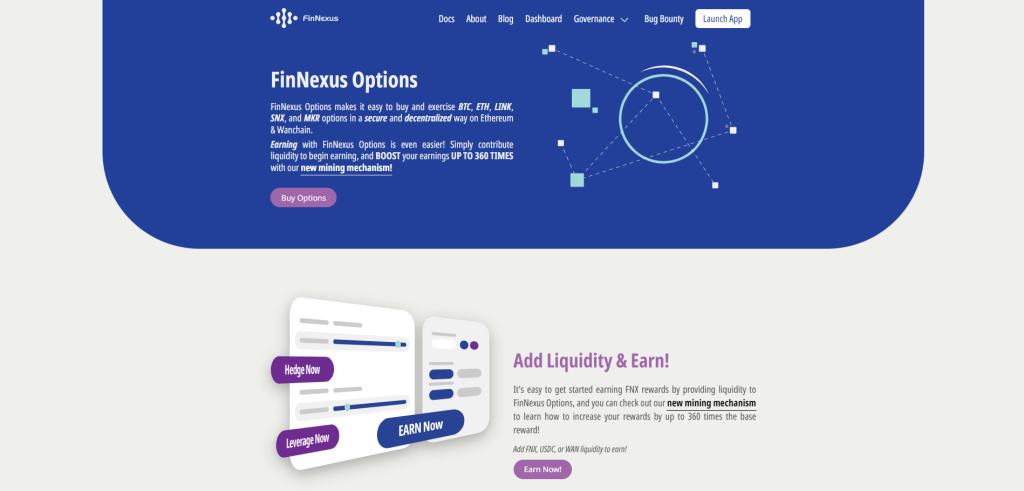
A marketplace for hybrid decentralized/traditional financial products will be FinNexus’ initial implementation. One of the primary Wanchain team members, Boris Yang, founded the project.
Premia Finance
With cutting-edge tools and a novel approach to finance, Premia is a decentralized financial protocol that seeks to disrupt conventional financial products.
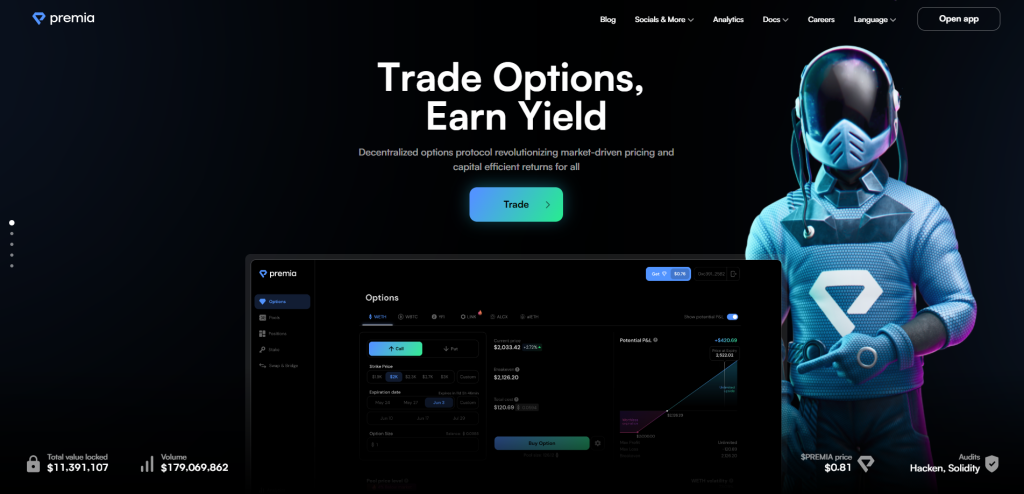
Three key characteristics of Premia Finance are:
Stake
The Stake is the Premia token, which enables its users to split fees and profit from holding the token.
Ethereum bonding curve
Using straighten bonding curve mechanics, the Ethereum bonding curve is utilized to buy and trade Premia.
Mint
Mint users can create a bespoke call and put options for various assets. The strike price, expiration date, and asset quantity are options platform parameters.
The platform presently provides both calls and puts for a number of tokens running on Ethereum and Binance Smart Chain.
Cryptex Finance
Cryptex Finance is a cutting-edge crypto product provider. The main offering of the network is a TCAP token that gives holders real-time price exposure to the tokenized crypto market cap. It is an all-inclusive market cap currency. The project’s purpose is to give interested traders real-time price exposure to the movement of the whole crypto ecosystem. This method allows traders to speculate on the entire crypto market rather than a specific sector or project.
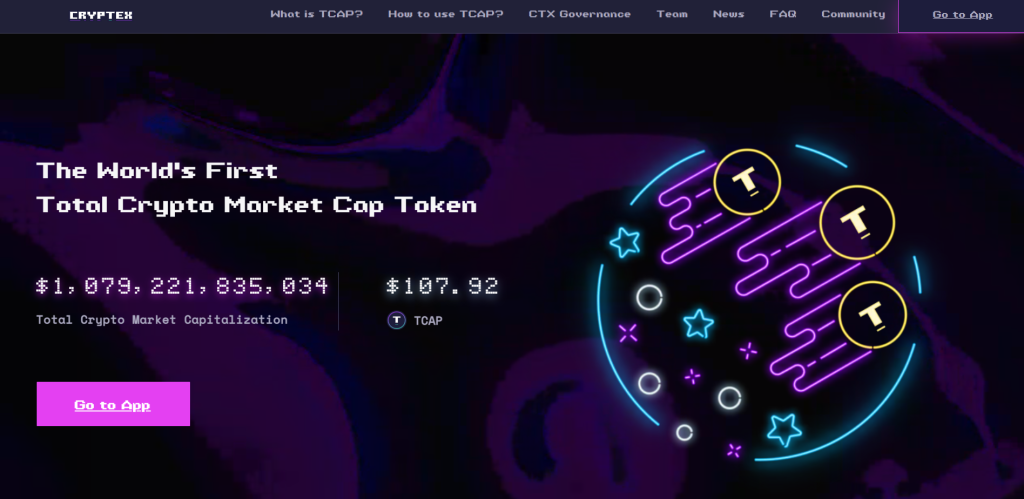
It intends to make it easier than ever to invest in the decentralized economy. To achieve its objectives, the protocol makes use of open-source infrastructure and cutting-edge financial solutions. It’s one of the only places where you may trade the total market cap of all cryptos right now.
Fractional
Fractional is a decentralized blockchain protocol that allows NFT owners to mint tokenized fractional ownership of digital collectibles — including artworks, real estate, cars, pets, etc.
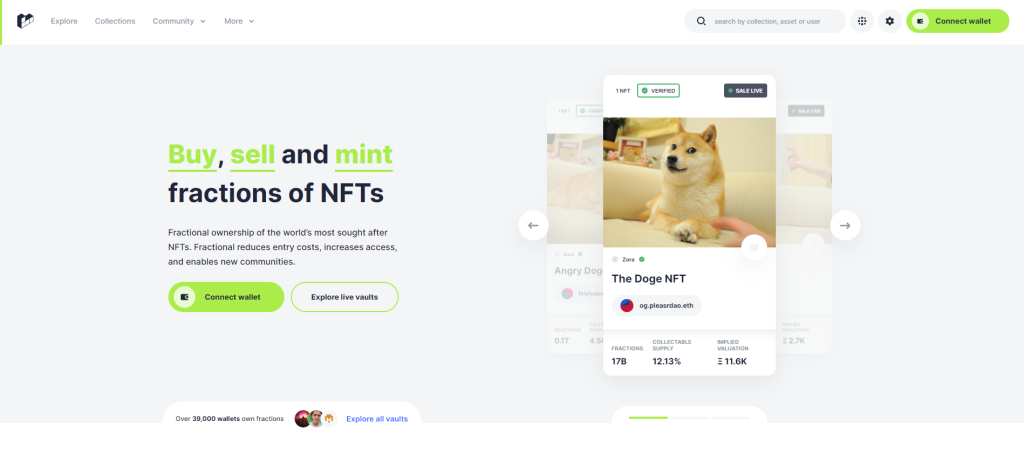
The goal of Fractional is to make it easy for people to invest in creative projects, whether they want to support artists or simply enjoy owning unique pieces of artwork. Anyone can use the protocol to mint NFTs, regardless of technical expertise or financial resources.
Hegic
Hedging contracts, which are smart contract-based equivalents of conventional call or put options, are used in Hegic’s ground-breaking DeFi derivatives strategy on assets like ETH or wBTC. Users of Hegic can safeguard their crypto investments to better safeguard the value of their crypto assets.
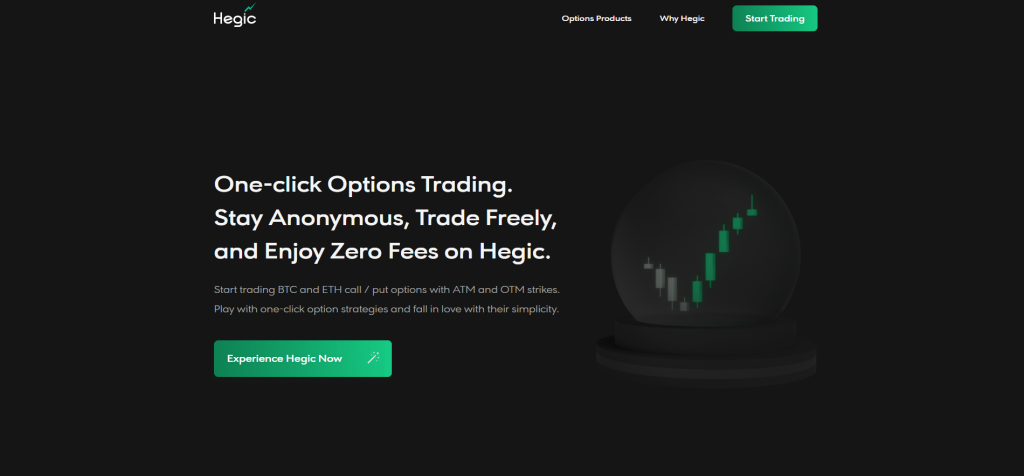
Hegic uses a liquidity pooling mechanism similar to that used in several decentralized foreign exchange (DEX) protocols to fund these hedging contracts and offer platform liquidity. It is simple to trade options without platform trust, thanks to liquidity providers who put money into Hegic’s liquidity pools and get rewarded for it.
OPYN
Opyn is a decentralized options trading platform built on Ethereum that enables you to generate, sell, and purchase options. It is a permissionless and trustless insurance platform that guards against threats to users’ decentralized financial holdings. Users of Opyn fall into one of three categories which are Market makers, Sellers, and Buyers.

After constructing the options contract from a decentralized liquidity pool, Opyn enables you to trade it. As a buyer, you typically pay a premium and have the option to execute the contracts either before or on expiration. These tokens stand in for options, so if I buy a put or call option for ETH, for instance, ETH is underlying.
Ribbon Finance
A unique technology called Ribbon Finance develops blockchain-structured solutions for DeFi while optimizing the yield generation process.

The platform consists of a proprietary coin (RBN), programmable infrastructure, and structured products. Structured products are financial assets that are packed with a range of derivatives to achieve a specific risk-return goal, such as bets on volatility, raising returns, or protecting principal.
By depositing their crypto into the Ribbon vault of their choice, users can automatically execute the desired trading strategy on their assets.
Because of this, including Ribbon Finance will increase your ROIs and make your overall approach simpler.
Dopex
Dopex is a decentralized options system that seeks to increase liquidity for participants that contribute liquidity, minimize losses for option writers, and maximize gains for option buyers.
In order to generate passive revenue from option writing and to purchase reduced options through liquidity pools that might then be arbitraged for a quick profit, option pools are built for all options on Dopex. Anyone may participate and deposit base/quote for their respective pools.

Users control the protocol with DPX, a governance token with a finite supply that is also used to collect fees for the protocol and app layer.
Additionally, based on options that have been exercised for each epoch, Dopex provides a refund scheme for losses made by option writers. In comparison to writing naked options or any other type of hedged option writing strategy, the rebate enables option writers to earn a higher return.
UMA
UMA promotes itself as a system for constructing synthetic assets. Its goal is to enable users to create self-enforcing smart contracts with monetary assurances. It is intended to support the financial breakthroughs enabled by permissionless, public blockchains such as Ethereum.
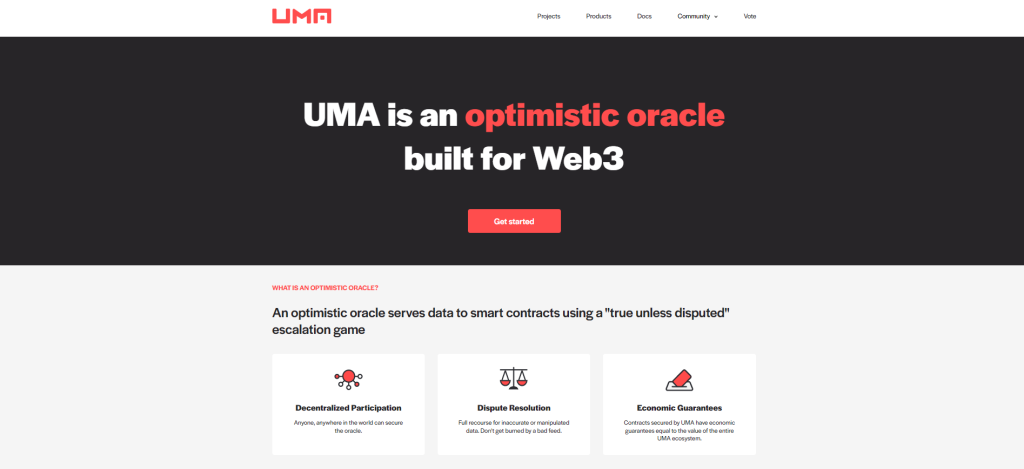
It provides an open-source protocol that makes it possible for any two parties to design and establish their own financial contracts, using ideas taken from fiat financial derivatives. UMA contracts, on the other hand, are self-enforcing and available to everyone because they rely solely on economic incentives to ensure their validity.
What are crypto options?
Options are a sort of derivative since they are tied to a primary asset like a stock, commodity, or cryptos.
To guarantee themselves the ability to buy or sell crypto at a predetermined price in the future, investors pay a premium for crypto options. This provides investors with yet another option for going long or short on cryptos, increasing their potential returns in markets.
Option holders in a crypto contract have until the contract’s expiration date to exercise their option before the option position is closed. To close a trade early at the present market price is an option for traders.
Calls and puts
There are two types of options — calls and puts. Calls give you the right to purchase shares or assets while puts grant you the right to sell those same items. Put options are often used to hedge against risk. For example, a farmer might use a put option to lock in a price for his crops. If he wants to sell at a higher price, he’ll exercise the option and receive the difference in cash.
The beauty of both calls and puts is that they offer the ability to “lock in” profits without having to actually hold the item being traded. Traders can also profit from volatility, which occurs when prices fluctuate wildly. Options help traders capture such gains.
American vs. European style
The American choice is the most well-known and often utilized type of option. Stock options normally expire between three months and a year after they are granted. It is the most popular choice because it allows for a wide range of scheduling variations. Until the day they expire, they can be used whenever.
Unlike American options, European options cannot be exercised before their stated expiration date. They limit traders’ freedom in options trading by allowing only one date for the exercise.
For these reasons, European options tend to be viewed as less valuable than American options. They’re often traded OTC rather than on exchanges. Despite restrictions on when options can be exercised, traders are able to sell their options on the secondary market to another investor until the options expire.
Cash-settled vs. Physically-settled
When you buy an option, it’s important to know whether you’re buying a cash-settled or physically settled one. This distinction matters because the payout method determines how much money you’ll receive upon expiration.
A cash-settled option will pay out its cash value to you via an equivalent amount of USD, BTC, or ETH. In contrast, a physically settled option must pay out via delivery of that option’s actual underlying asset. For example, a physically settled ETH option would have to deliver ETH.
ITM and OTM
An option is either in the money (ITMs) or out of the Money (OTM). This means that it pays out at expiration if its underlying asset’s value is above or below the strike price.
For example, a call option is ITMs if its underlying asset’s prices are higher than the strike. And a put option is ITMs if the underlying asset’s price is lower. Put differently, a call is OTMs if its underlying asset’s value is lower than the strike, and a put is OTMs if the underlying asset is higher than the strike level.





